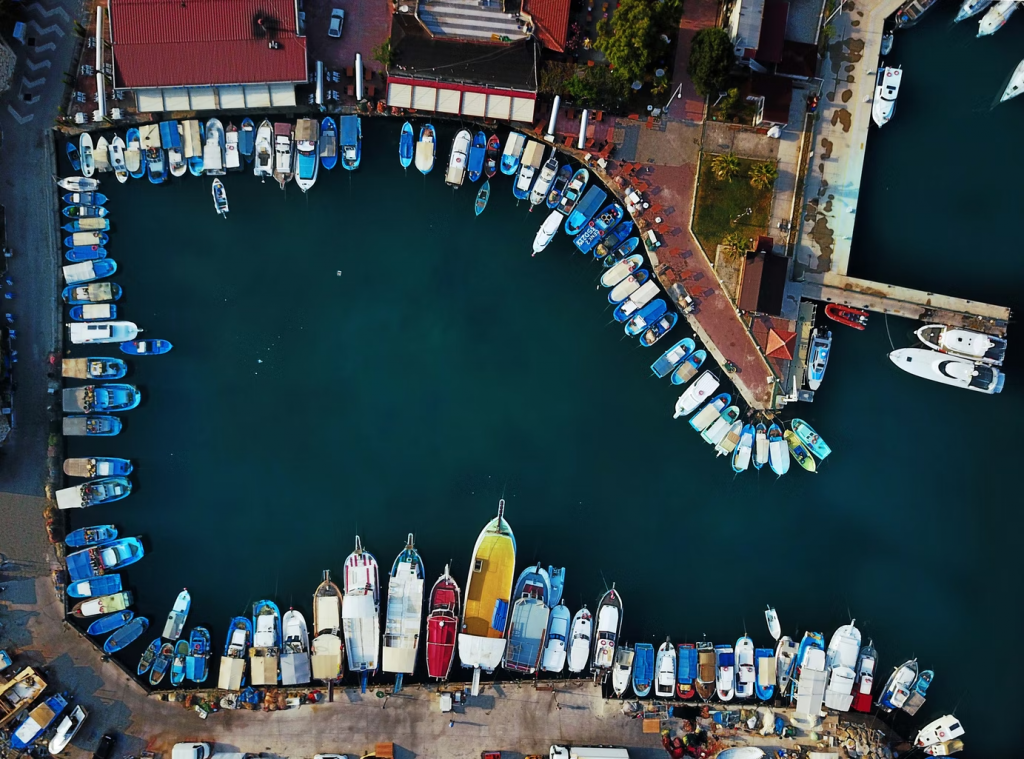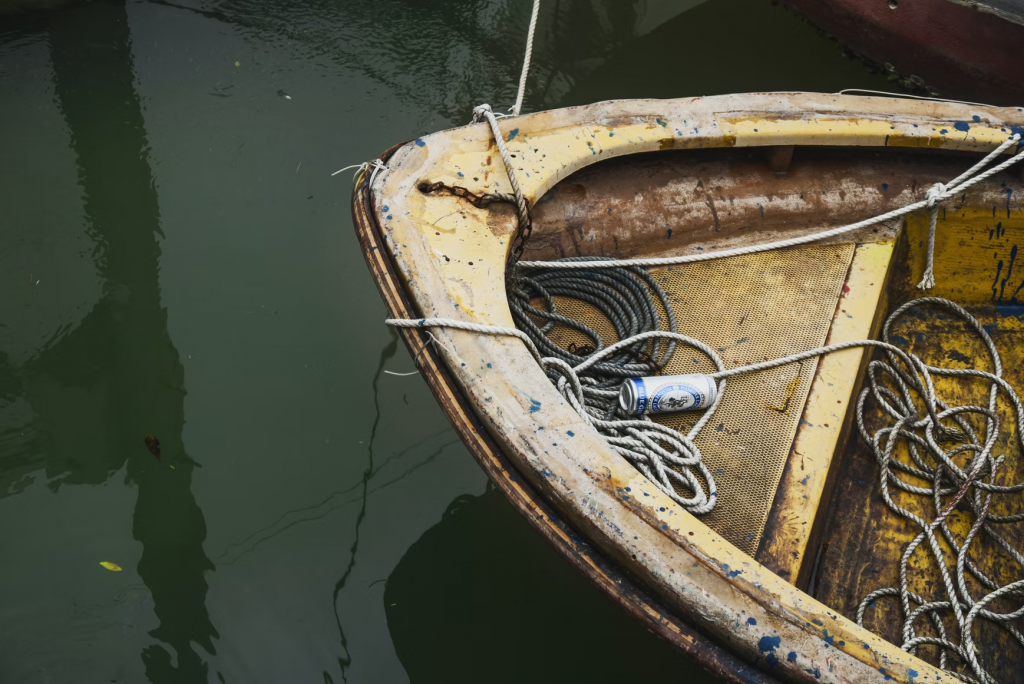What is a Mooring System?
A mooring system consists of a mooring line, anchor and connectors, and is used for station keeping of a ship or floating platform in all water depths. A mooring line works as a connection to an anchor on the seafloor to a floating structure on the surface of the water. Below are the mooring methods and important points during a mooring system Malaysia that is important to remember.

Types of Mooring Methods
There are six types of mooring methods which are the Ship-to-Ship transfer, single point or single buoy mooring, conventional mooring, baltic mooring, Mediterranean mooring and anchor mooring. Firstly, a Ship-to-Ship transfer is mooring two ships in parallel to transfer cargo. Second, a single point or single buoy mooring includes a floating dock or buoy outside the port to handle liquid or gaseous cargo from ships like oil vessels. Third, a conventional or multi-buoy mooring method happens when the ship’s prow is secured with its two anchors, while the poop is secured to a buoy. The Baltic Mooring is used when there is a strong wind at the port and a boat must be moored without tugboats to a dock, not resistant to impact. Fifth, the Mediterranean mooring is used there is insufficient dock space to moor the boat. Lastly, anchor mooring is when ships use the anchors together with the mooring lines to drag the vessels outside the jetty and thus helps in controlling the speed of lateral movement towards the dock.
The Important Points to Remember During Mooring Operation On Ships
1. Don’t Allow Any Extra Crew Member on the Deck
Ensure that no extra personnel are present at the mooring station except those who are involved in the operation.

2. Consider the Weather Condition
Before planning the mooring operation, consider the weather condition by taking factors such as wind and current.
3. Have knowledge of Snap Back Zone and Rope Bight
All personnel involved with the mooring operation should be aware of the snap-back zones and rope bight.
4. Check All the Mooring Equipment
Make sure to check all the equipment, the mooring winch, drums, windlass and so on involved in the mooring operation for any kind of problem.
5. Check the Tail of the Mooring Line
If the mooring wireline is provided with a tail, ensure the same size and material of tails are used for all lines in the same service like for the breast, spring and headlines.
6. Tend One Line at a Time
Only one line should be tended at a time during mooring operation.

7. Keep a Check on the Mooring Line Load
Ensure that the allowable breaking load in any of the mooring lines does not increase by 55% of its Maximum Breaking Load (MBL).
8. Avoid Mixed Mooring
Mixed mooring is extremely dangerous. Generally, mooring lines of the same size and material should be used for all leads, if this is not possible due to the available equipment, all lines in the same service, i.e. breast lines, spring lines, head lines and stern lines should be of the same size and material.
9. Keep a Continuous Check
Load on the mooring lines must be checked continuously even after the mooring operation is over. If there is any change in the ship’s ballast condition, the lines must be slacked or tightened accordingly.
10. Arrange Mooring Lines Symmetrical
All mooring lines must be arranged as symmetrical as possible with the breast line.